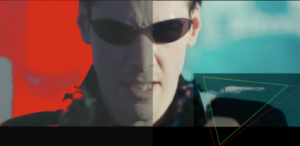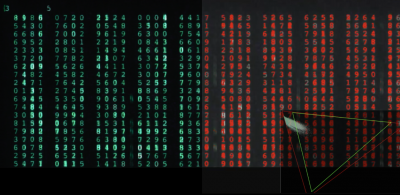
As discussed in the previous article, most video content is graded to match Rec 709, if intended for broadcast viewing on TVs, or DCI P3 for cinema. If you are streaming or using UltraHD Blu-Ray, you can go wider than that. So who is doing that?
Jeff Yurek of Nanosys contacted me after I had said that “You can’t get content with wider colour” to explain that he has spent most of his lockdown watching movies that have been recorded on UltraHD Blu-ray and analysing whether there is content on the market that has colours that go beyond P3. If you have a TV with wider colour gamut than P3 (for example, possibly using his firm’s quantum dots), you may see some colours that you can’t see at a regular digital cinema.
(Dolby Cinema is an exception. As it uses direct laser, Dolby Cinema can support the full Rec. 2020 colour gamut. That means that if the content maker captures and grades the content specially for that wide gamut, then viewers can see it. As far as I am aware, there are only a limited number of films that take real advantage of that. “Inside Out” was one where Pixar experimented with wider colour (although not the full 2020 gamut. and back in 2015 I got to see it at a cinema and also at IBC using laser projectors. The lasers made a real difference to the experience for me Hollywood Excited by HDR & WCG and “The sparkle in actors’ eyes”.)
Strange Pixels
Yurek told me that early on in analysing around 100 movies, he found that there are quite a few ‘strange pixels’. These could be way out of gamut, and were usually created in error during the encoding process, but have either very high brightness or very low brightness so would be lost in practice, either too dark or too bright to be easily seen. Because of this, he excluded all the pixels below 1 cd/m² or above 100 cd/m² as they probably wouldn’t be visible. He had software that analysed every pixel to work out how many of the pixels were outside P3. He also looked at the metadata that is made available in HDR content (and was surprised at how much was mastered on displays with more than P3). (The metadata is extra data that is provided to indicate to a display device how the content was mastered, so that the decisions on how to present the image can be made more intelligently).
Yurek also then looked at the content, using a Vizio TV** that uses his firm’s quantum dots to achieve around 86% or 87% of Rec 2020 to see if the difference between P3 and the wider gamut of the set made a visible difference. Some differences were subtle, he told us, but some, such as the jungle scenes in ‘Planet Earth’, the differences were ‘very obvious’.
Content was also viewed by a reviewer that had access to a broadcast monitor which was able to use its internal processing to show ‘out of gamut’ colours using different colours and it was found that there was ‘lots of zebra striping’, indicating content that was out of gamut.
(Nanosys also worked with Florian Friedrich, a colour and HDR specialist and friend of Display Daily, on this project and he has some interesting ideas in this area. I plan to return to these later, as to dig into them here would make the article even longer!)
The result
Out of 100 content items analysed, 44 had content that was outside P3. He was kind enough to share the data for the top 25 titles that he measured in terms of colour gamut. It was interesting to me to note that only seven of those 25 were originally created on film and the rest were all captured digitally. I was also surprised to see the very wide range of peak luminance. Most of the content was mastered at higher peak brightness than is easily seen at home. (although some QLED LCD sets can go up to 2,000 cd/m², OLEDs typically max out at around 700 cd/m² peak.)
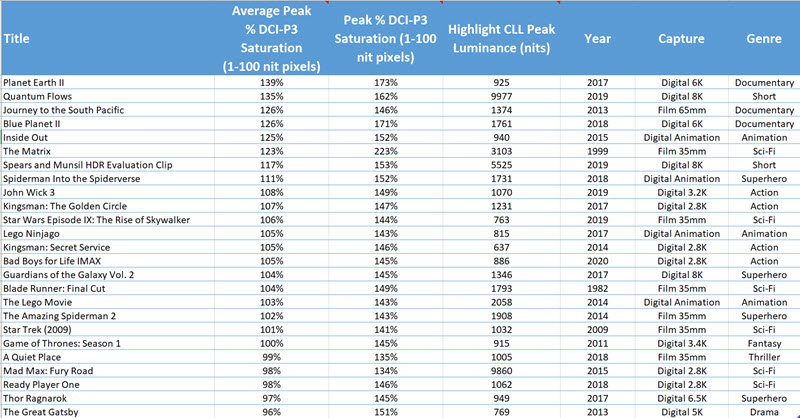 Click for Higher Resolution. Note 100% of Rec 2020 is around 153% of P3.
Click for Higher Resolution. Note 100% of Rec 2020 is around 153% of P3.
As you can see from the table there is a wide range of genres in the WCG content. Although most of the top few are nature documentaries, there are plenty of action, fantasy and sci-fi movies, with live action and animation represented.
Yurek told us that the data is useful, but doesn’t tell the whole story. Often, the out of gamut content is in the most critical scenes. He pointed out that in the last film on this list, The Great Gatsby, the famous party scene ends with a huge fireworks display has ‘a ton of BT.2020 content in everything from the water fountain to confetti falling to the fireworks themselves’.
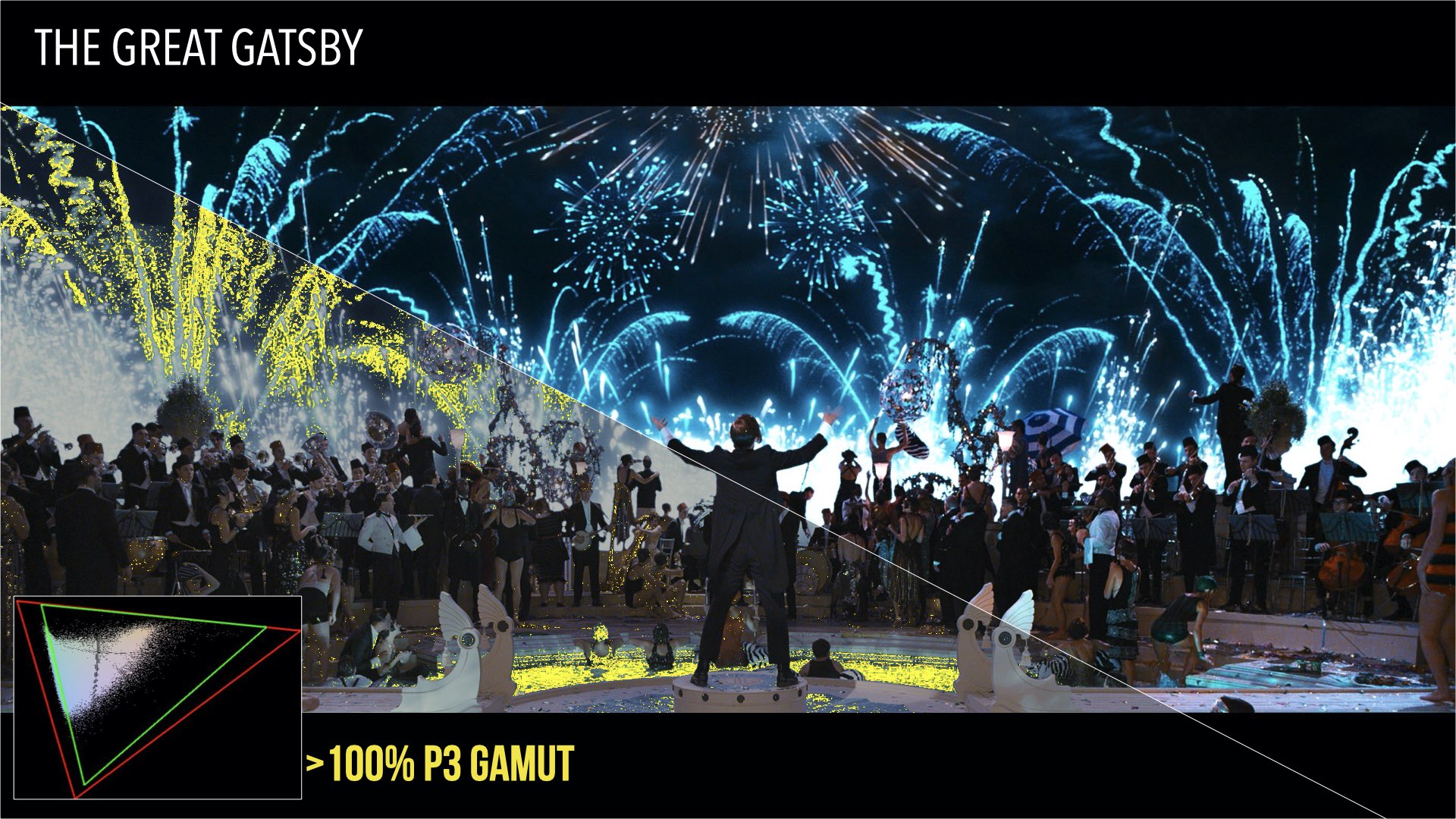
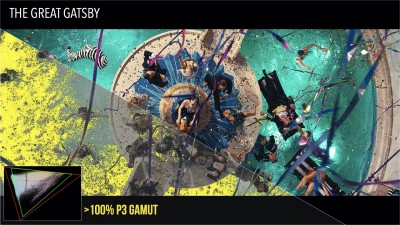
(There’s an interesting blog article on the Nanosys website on this topic. Of course, Nanosys likes to highlight high brightness, high saturation content as it typically makes good WCG LCDs look better than OLEDs, which tend to lose saturation when the brightness gets higher. On the other hand, OLED demonstrations like to show this kind of bright high contrast content as it can show up haloing and errors in LCD backlighting!)
Mini Galleries
I have set up ‘mini galleries’ to show various of the content items that Jeff sent to me. Note that he had to process these to map to sRGB so that they show on the website. As always when talking about wide colour gamut, it’s frustrating that everything we show has to be reduced down to sRGB. What you would see at a cinema, or on a good UltraHD system would look better!
In the galleries, you can use your arrow keys to see different images. It may be a little slow if you have a poor internet connection, but we chose to use .png images which are lossless, rather than .jpg.
The Matrix Examples
The Matrix was famous for its very striking use of colour to give a very specific ‘look’.
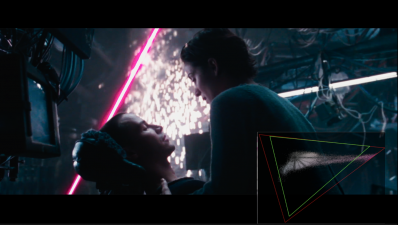
Planet Earth II
Planet Earth II has a huge range of colours. The Rec 2020 gamut encloses a set of colours known as ‘Pointers Gamut‘. The scientist made a research project to measure all ‘natural’ colours and P3 covers 86.9% of those colours. So, we know that P3 is defined to not cover all the natural colours, let alone colours from signage or neon lights!
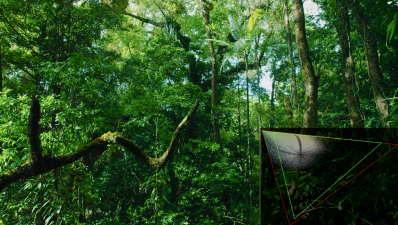

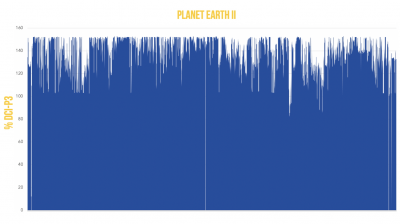
Nature Images
On seeing these images, I was reminded that back in 2003, I saw samples of a CRT from Mitsubishi that used a wide colour gamut phosphor that extended the green part of the sRGB gamut to get close to AdobeRGB. Although it had a lot of advantages, the volumes for the wide phosphor meant that only tiny volumes were made, at a correspondingly high cost. When showing the CRT, there were often cyan images from the Pacific. Plus ça change…
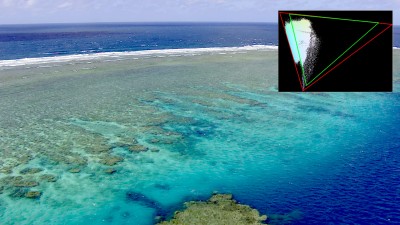


Roundup
Just to complete a tour of different genres, here are some more images.
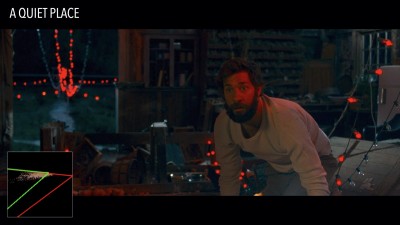
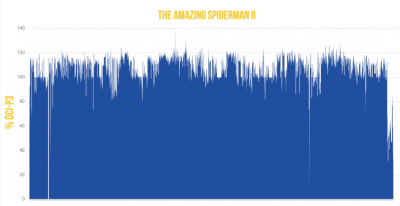
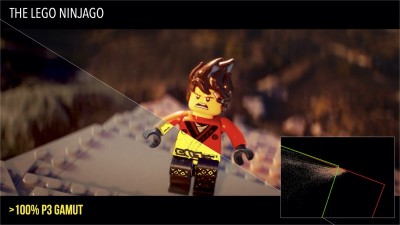
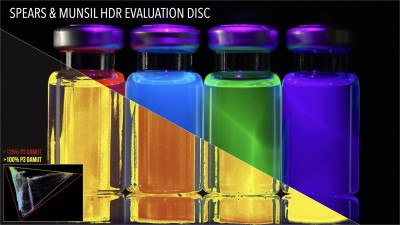
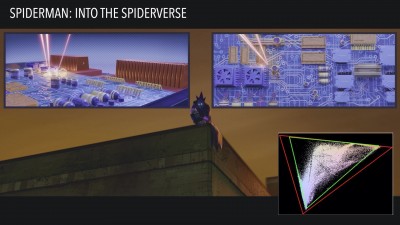

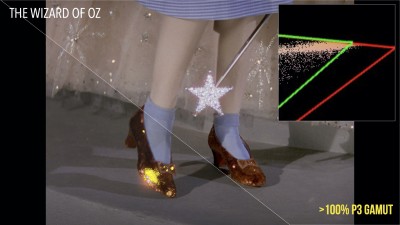

Conclusion
I don’t like being wrong, but I do like it when I’m corrected with such great data! Clearly, there is plenty of content available on UltraHD Blu-Ray that has colour information that goes beyond P3. Great!
However, there are some caveats:
- There is a lot of processing between the data on the disk and the image on the display. The data may be there, but it could be lost or adjusted somewhere in the output and processing of the player, in the interface or in the display device processing or on the display itself.
- Brands need to make their own decisions about what to do with the data that isn’t visible and that is a whole topic on its own (and one I may return to)
- Unless you have content that is known to have been graded specifically for Dolby Cinema, there is no way to know if you are seeing what the content creator really hoped you would.
I’m grateful for the help that Jeff Yurek gave to this article. (BR)
We have excluded this article from being counted towards your ‘two free per month’ total so that you can enjoy it with part 1.
** Vizio was also a sponsor of this project.
*** in yesterday’s article, I said that DCI can’t show P3. Projectors are limited to that gamut, but the DCI processing system allows even Rec 2020 content to be stored and processed as it stores content in the XYZ colour space.

